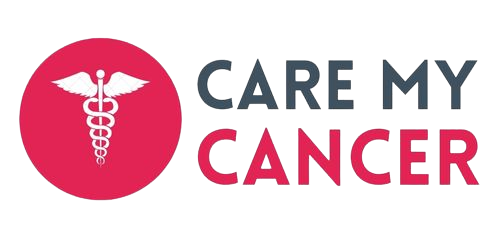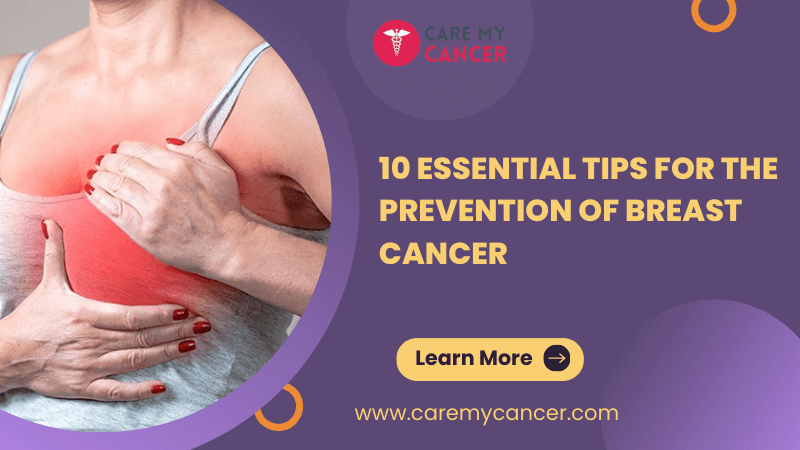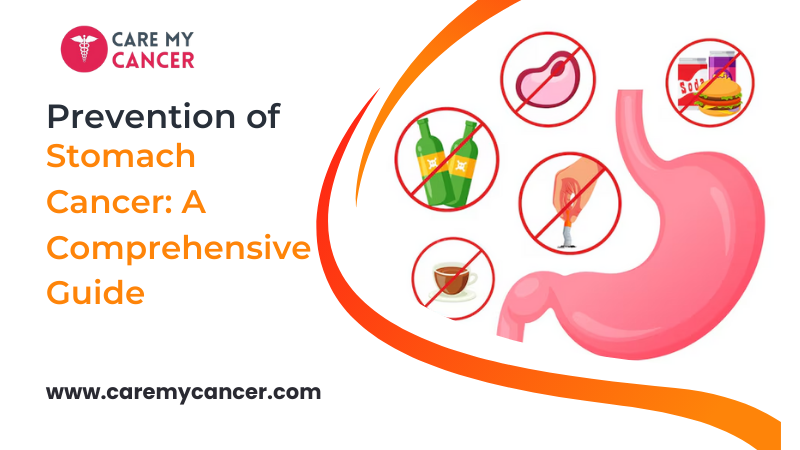Oral Cancer
What is Oral Cancer?
Oral cancer is a type of cancer that develops in the mouth or throat. It can affect various parts of the mouth, including the lips, tongue, gums, cheeks, roof, and floor of the mouth, as well as the tonsils and the pharynx. Oral cancer occurs when cells in the oral cavity grow and divide uncontrollably, forming a malignant tumor. Advancements in oral cancer treatment provide hope for improved outcomes and quality of life for those affected by this disease.
Causes of Oral Cancer
The exact causes of oral cancer are not clear, but certain factors can increase the risk of developing the disease. The most common causes are tobacco use, alcohol consumption, and human papillomavirus (HPV) infection. Exposure to UV radiation, poor diet, and genetics may also contribute to the development of oral cancer.
Risk Factors of Oral Cancer
The following factors can increase the risk of developing oral cancer:
Tobacco use (including smoking and chewing tobacco)
Heavy alcohol consumption
HPV infection
Excessive sun exposure
Poor oral hygiene
A weak immune system
A diet low in fruits and vegetables
Family history of cancer
Symptoms of Oral Cancer
Symptoms of oral cancer can vary depending on the location and stage of the disease. Some common symptoms include:
Mouth sores or ulcers that don’t heal
Red or white patches in the mouth
Persistent sore throat or hoarseness
Difficulty chewing, swallowing or speaking
A lump or swelling in the mouth or throat
Pain in the ear
Prevention of Oral Cancer
To reduce the risk of developing oral cancer, you can take the following measures:
Avoid tobacco use
Limit alcohol consumption
Protect your lips from sun damage
Maintain good oral hygiene
Get vaccinated against HPV
Eat a healthy and balanced diet rich in fruits and vegetables
Regular dental checkups and oral cancer screenings
Conclusion
Oral cancer is a serious and potentially life-threatening condition that requires early detection and prompt treatment. By understanding the causes, risk factors, symptoms, and prevention measures, you can take steps to reduce your risk and protect your oral health.



